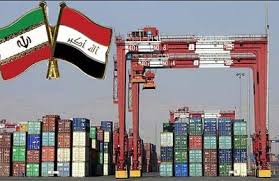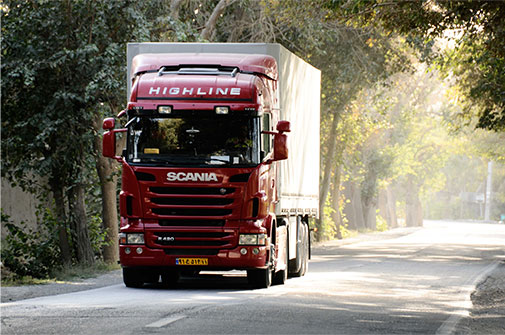Customs Hinterland Development in Iran: A Strategic Opportunity for Trade Facilitation and Regional Logistics Growth
In Iran, border regions, particularly those situated at major customs crossings, hold significant potential for the development of customs hinterlands

Customs Hinterland Development in Iran: A Strategic Opportunity for Trade Facilitation and Regional Logistics Growth
In Iran, border regions, particularly those situated at major customs crossings, hold significant potential for the development of customs hinterlands. These areas serve as key logistics platforms and play a pivotal role in facilitating cross-border trade. Despite this potential, customs hinterlands have remained a largely neglected component in the country’s logistics ecosystem. Currently, there is no formal classification or standard operational model for these areas, which has hindered their systematic growth and integration into national logistics strategies.
A customs hinterland refers to a defined zone located outside the immediate customs border area that is strategically designed to support customs-related activities, storage, transshipment, and clearance processes. These zones act as buffers between the national market and international trade routes, providing essential services such as inspection, consolidation, documentation, warehousing, and value-added logistics. The development of such zones is vital for reducing congestion at border terminals, enhancing trade flow efficiency, and enabling better allocation of logistics resources.
In Iran, the current approach to border logistics and customs operations is fragmented and overly centralized. Traditional border terminals are often overloaded, and their infrastructures are ill-equipped to handle peak-season surges, especially during high-volume religious or seasonal events, such as Arba'een pilgrimages. This creates bottlenecks that delay cargo processing, increase costs for transport operators, and reduce the competitiveness of Iranian logistics routes.
The absence of a clear legal framework, investment incentives, and unified customs procedures has contributed to the lack of investment in hinterland development. In contrast, international benchmarks—such as inland ports in Europe and bonded logistics zones in East Asia—highlight the transformative impact such developments can have on national trade performance. For example, dry ports in China and India have successfully decentralized customs operations, shortened transit times, and boosted regional trade.
To unlock the full potential of customs hinterlands in Iran, a new strategic approach is required. This includes:
Legal and Regulatory Reform: Establishing clear laws and regulations governing the creation, operation, and oversight of customs hinterland zones.
Public-Private Partnerships (PPPs): Encouraging private sector investment by providing land, fiscal incentives, and operational guarantees.
Customs Modernization: Implementing digital customs procedures, remote inspections, and harmonized documentation systems to streamline clearance processes.
Integrated Infrastructure Planning: Aligning customs hinterland zones with national transportation networks, including road, rail, and multimodal corridors.
Specialized Zoning and Services: Designing the zones based on commodity type, transit frequency, and target markets to increase specialization and operational efficiency.
Iran’s geographic location—linking Central Asia, the Persian Gulf, and the Caucasus—provides a natural advantage for becoming a regional logistics hub. Developing customs hinterlands near key border crossings, such as Mehran, Bazargan, and Dogharoun, would not only enhance the country's logistics capacity but also support regional integration with Iraq, Turkey, Afghanistan, and the broader ECO region.
In conclusion, customs hinterland development is not merely a logistical enhancement but a national strategic imperative. It is a cornerstone for trade facilitation, investment attraction, regional development, and international connectivity. By institutionalizing this concept and adopting best practices, Iran can transform its border bottlenecks into competitive trade gateways.

